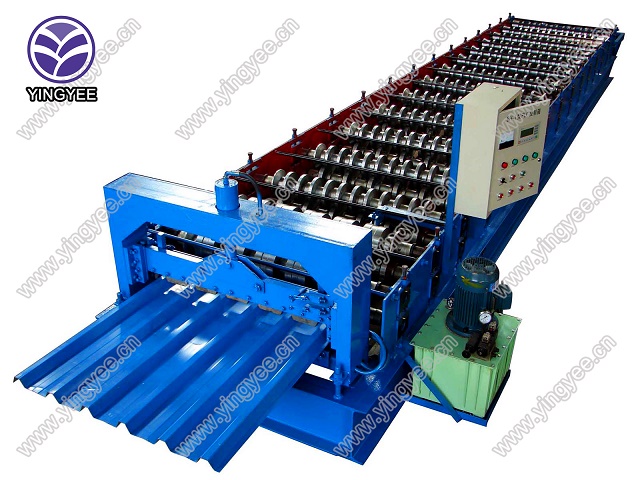
The Evolution and Functionality of PU Panel Machines
Polyurethane panels, known for their insulation properties and durability, are widely used in the construction and manufacturing sectors. The technology behind producing these panels continuously evolves, with PU panel machines at the forefront of this innovation. These machines are integral to modern production methods, significantly enhancing efficiency and product quality while meeting growing market demands.
Understanding PU Panel Machines
PU panel machines are specialized equipment designed for the continuous production of polyurethane sandwich panels. These panels typically consist of two outer layers—either metal or other materials—with a core of polyurethane foam. The main purpose of these machines is to streamline the manufacturing process, ensuring that the panels produced meet stringent specifications in terms of insulation, strength, and aesthetics.
The structure of a PU panel machine can vary, but it typically includes components such as mixing units, foaming systems, and panel forming equipment. The integration of advanced technologies like computer numerical control (CNC) and automated quality control systems enhances the precision of manufacturing, minimizing waste and optimizing material usage.
Advantages of Using PU Panels
1. Thermal Insulation One of the primary benefits of PU panels is their superior thermal insulation properties. Made with polyurethane foam, these panels can significantly reduce heat transfer, making them ideal for various applications, from refrigeration to energy-efficient buildings.
2. Durability PU panels are resistant to moisture, chemicals, and physical impact. This durability makes them suitable for harsh environments, whether in cold storage facilities, commercial buildings, or industrial applications.
3. Lightweight Unlike traditional construction materials, PU panels are lightweight, which can lower shipping costs and ease installation processes. This characteristic makes them popular for modular construction and temporary structures.
4. Aesthetics With a variety of finishes available, PU panels can enhance the aesthetic appeal of buildings, offering various colors and textures to meet design requirements.
5. Cost-Effectiveness The efficiency of PU panel machines reduces production costs, while the energy savings provided by the panels result in long-term economic benefits for end-users.

The Production Process
The process of producing polyurethane panels involves several key steps
1. Material Preparation Raw materials, including polyols and isocyanates, are carefully measured and combined in a mixing unit.
2. Foaming The mixture is then transferred to a foaming unit, where it undergoes a chemical reaction, creating the polyurethane foam that serves as the panel's core.
3. Panel Forming The foamed mixture is applied between two outer layers of material (like metal sheets) to form a sandwich panel. The entire system often incorporates pressure and temperature control to ensure optimal curing and density.
4. Cutting and Finishing Once the panels are formed, they are cut to specified lengths and subjected to additional finishing processes, such as surface coating or embossing, to meet aesthetic and functional requirements.
5. Quality Control Rigorous quality checks are conducted to ensure that the panels adhere to industry standards, focusing on insulation performance, dimensional accuracy, and surface quality.
Future Prospects
As the construction industry pushes towards more sustainable practices, the demand for efficient and innovative PU panel machines is expected to grow. Companies are increasingly adopting automated systems that not only enhance production rates but also integrate eco-friendly practices in material sourcing and waste management.
The future landscape of PU panel manufacturing will likely see advancements in materials science, leading to the development of even more efficient insulating materials and production methods. Moreover, the integration of IoT (Internet of Things) technologies into PU panel machines will enable real-time monitoring and optimization of the manufacturing processes.
In conclusion, PU panel machines are at the heart of a manufacturing revolution that combines efficiency, sustainability, and superior product quality. As technology continues to advance, the impact of these machines on the construction industry will be profound, leading to enhanced building performance and greater energy efficiency.